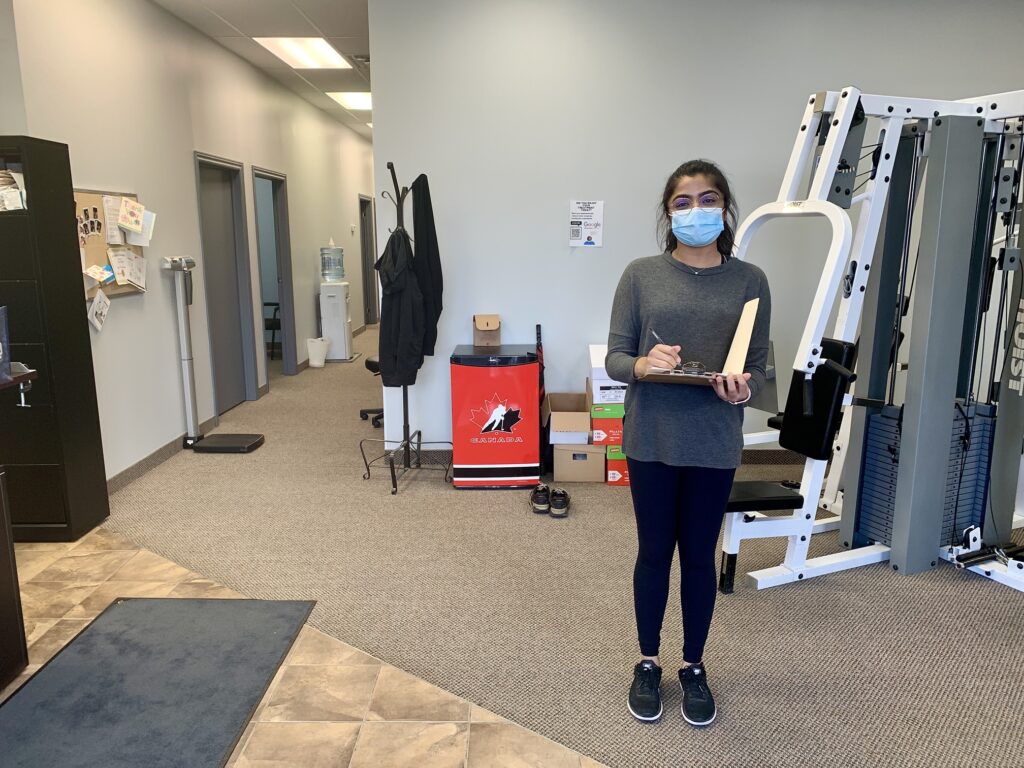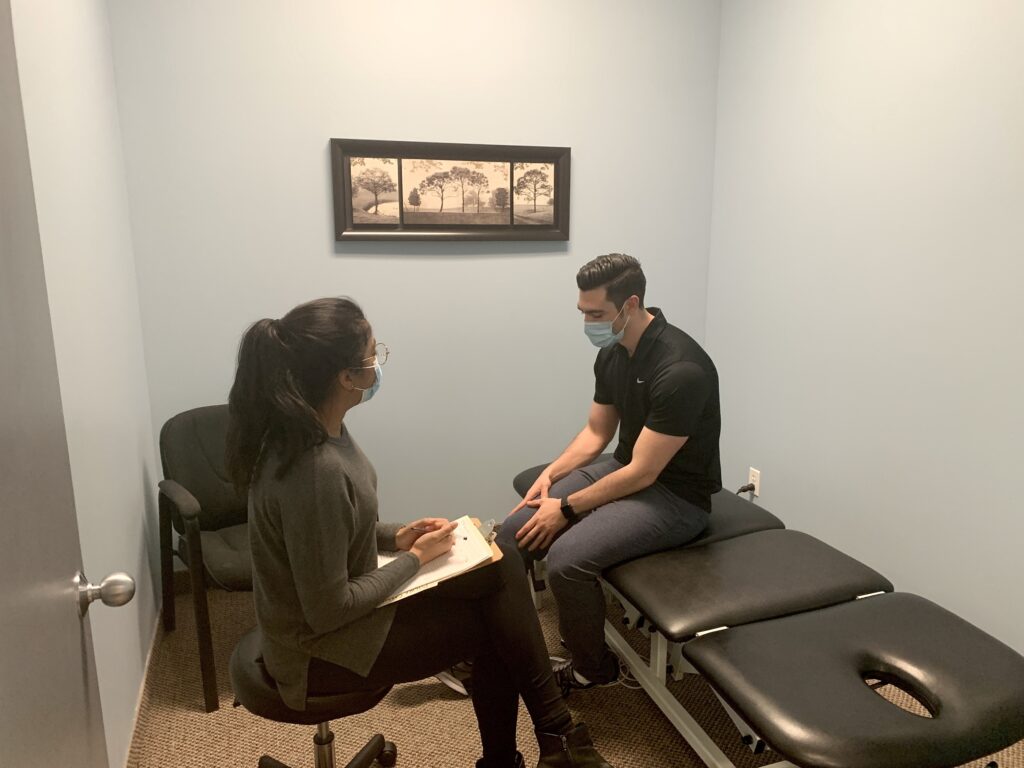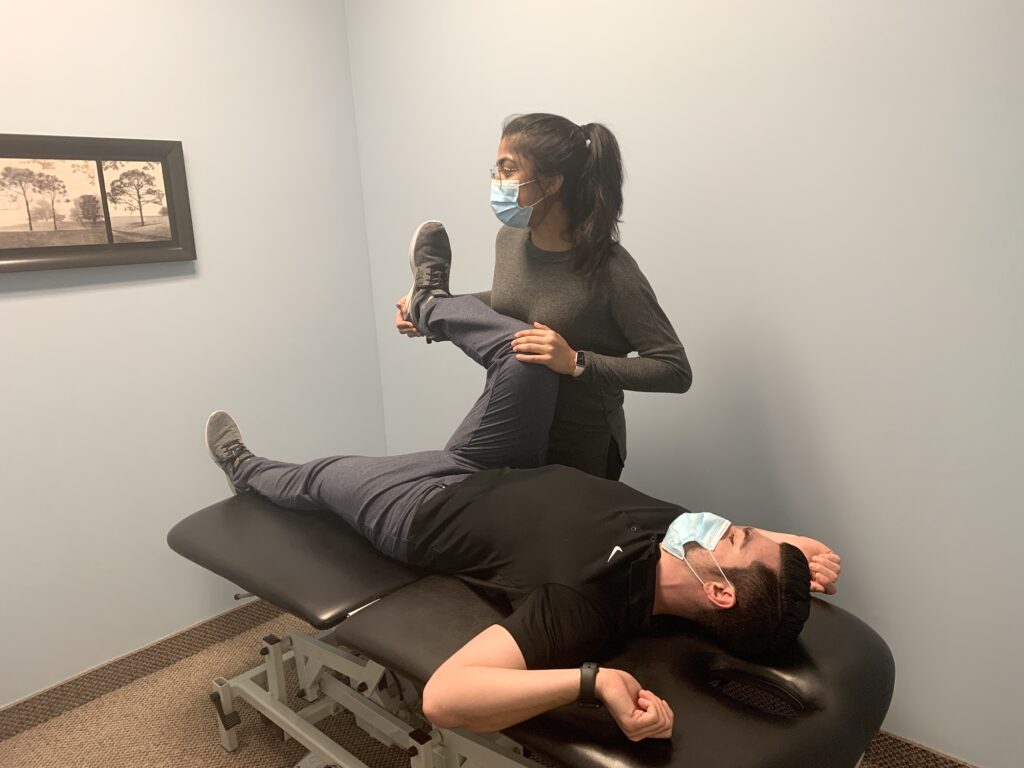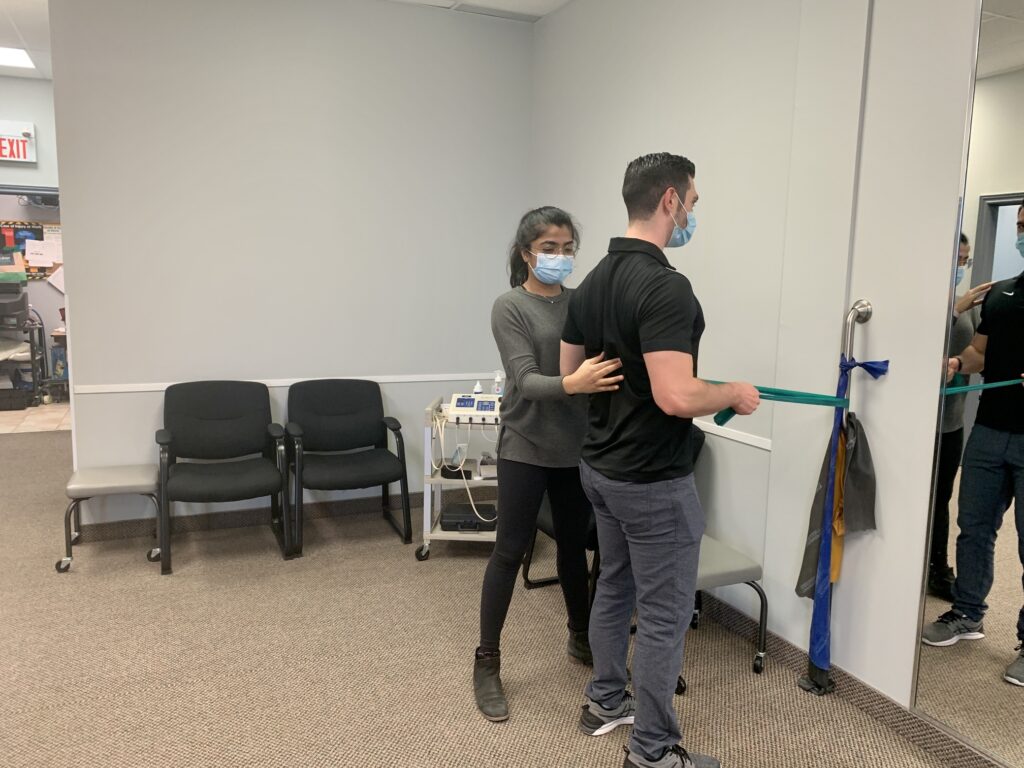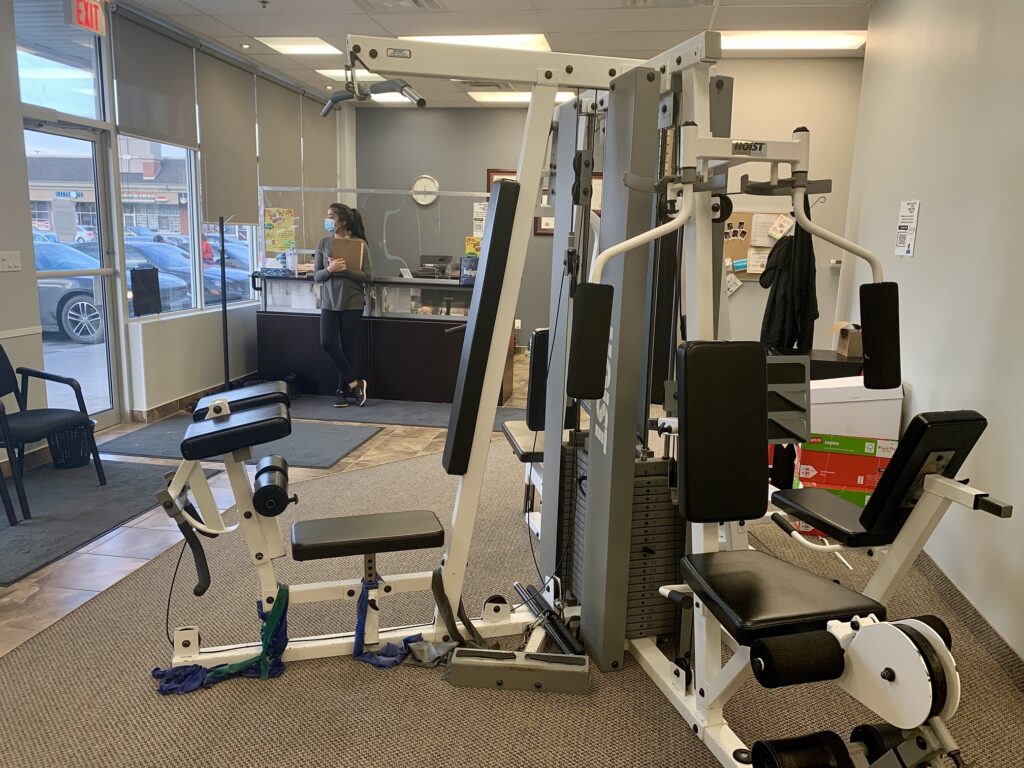By Alisha Chauhan
It’s been lockdown after lockdown in Ontario, we can no longer rely on gyms to stay open with this global crisis we’re currently facing. So let’s pull out that yoga mat, put on our favourite Youtube workout video and get in some daily exercise. What could possibly go wrong?
Faiza Amari, a 22-year-old student at Sheridan College in Brampton, ON., resorted to home workouts to stay active until things took a turn for the worse and she injured her left knee.
Amari’s knee injury didn’t begin with a big accident. It was gradual, like a little voice at the back of her head that she ignored until the voice began to scream.
She laid a purple, cushioned yoga mat on the floor of her medium-sized bedroom that is crowded with furniture. Her laptop was propped up on her desk chair with a Youtube workout video ready to be played. Her phone started vibrating and she answered her regularly scheduled facetime call with her best friend and workout buddy. She propped her phone against her bed frame, counted down three, two, one, and pressed the spacebar to play the video.
Barefoot, she began her workout in her mirrorless room with no one around except for the extremely fit Youtuber and her best friend on her phone screen. It was time to do lunges, her least favourite exercise. Eyes on the workout video, she stepped forward with her left leg and felt a slight twinge of pain in her left knee every time she bent her leg in lunge position. She looked over to see her friend barely breaking a sweat. So, she pushed through and did another, and another, and another during what felt like the longest 45 seconds of her life.

Vaidehi Patel, a physiotherapy resident at Paramount Sports & Injuries Clinic and Athlete’s Care Sports Medicine Centres in Brampton, ON., said she noticed a surge of people coming in to seek services for exercise-related injuries that occurred during the pandemic.
“I see more injuries now because people engage in their own regimens versus being involved in a class or with a personal trainer at the gym where they’re constantly being pinned down for their posture and mechanics,” says Patel.
There was a 47 per cent increase in the download of health and fitness apps from January to November of 2020 when compared to the same period in 2019, according to Sensor Tower, a research company that provides data on the mobile app economy. Approximately 593 million health and fitness apps were downloaded worldwide. As more people are working out at home, exercise-related injuries are also increasing.
Patel has had conversations with her colleagues and other physiotherapists and said that all of them have noticed more exercise-related injuries in the last year compared to previous years.
Incorrect form and the mechanics of how a person performs an exercise are the major reasons why exercise-related injuries occur. A frequent issue Patel has noticed is the lack of core-stability when people exercise.
According to Patel, core stability work involves activating muscles that stabilize and position the spine during physical activity such as walking and running. Core strength helps prevent injuries to the spine when bending or twisting abruptly.
“A lot of people have the misconception that exercises like russian twists and sit-ups are the ‘most popular’ way of working out the core but the lower spine is not designed to take any bending or twisting movements,” says Patel.
When people perform exercises without the proper mechanics or lack of core stability, there is compensation that is happening in their body that can cause pain and injuries.
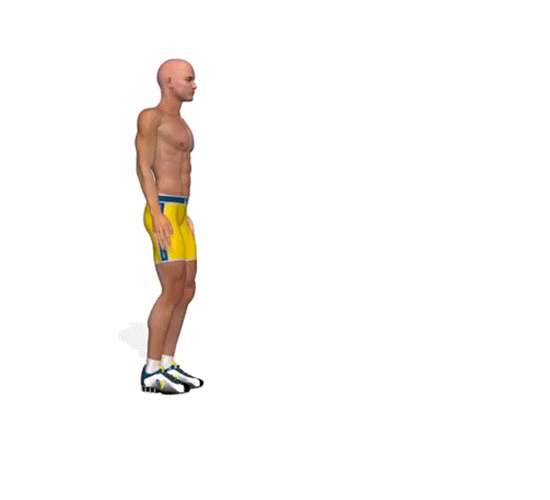
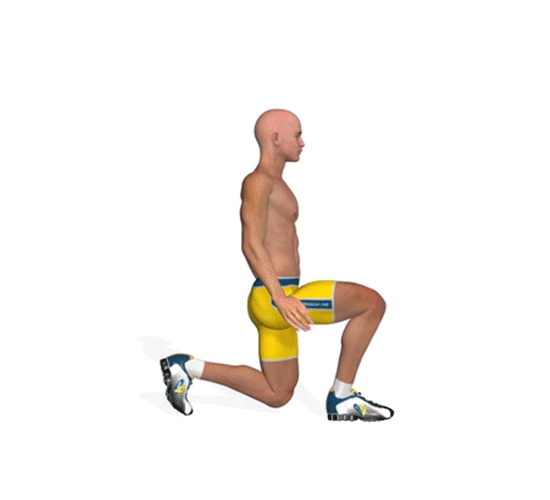
Over-doing it and not listening to your body when working out is also one of the major reasons why people injure themselves according to Patel.
Amari became one of Patel’s patients and was diagnosed with patellofemoral pain syndrome, which is pain in the front of the knee that results from problems between the kneecap and femur. There can be multiple reasons for patellofemoral pain syndrome to occur but it is most commonly due to muscle imbalances and overuse.
In Amari’s case, it was both muscle imbalances and overuse of the joint. Amari’s left quadricep and gluteal muscles were weaker compared to the right. Amari’s hamstring muscles were also very tight.
Patel finds that tight muscles leave people much more prone to injury.
“Looking back I was definitely over-doing it,” Amari says. “I wasn’t listening to my body because I was comparing my physical endurance to my friends’, who has been working out for much longer than I have. I ignored the pain because I genuinely didn’t think I was doing too much, the opposite actually.”
Patel also finds that overall reduced activity can lead to weaker and tighter muscles which can make people more prone to injuring themselves doing functional movements.
Nicole Svitich, a science and math high school teacher at Sundre High School Learning Centre, in Sundre, AB., injured her lower back but doesn’t exactly know what happened. Svitich suspects it was from walking her dog and almost slipping because the next day she woke up in a great deal of pain.
Svitich was generally an active person before the pandemic. “Normally in the winter I’ll play badminton and hockey a couple times a week but because all of that is cancelled now, I more or less just walk the dog,” she says.
Due to the little variety of physical activity, Svitich believes she was not as fit as she was before the pandemic. Svitich suspects that the day she almost slipped while walking her dog, she strained her lower back and her body began to compensate for that, causing her muscles to stiffen and lead to the pain she is currently experiencing.
Patel has a few pointers on how to avoid injuries when working out at home.
The first tip is quality over quantity. Repetition is important but completely useless if the right muscle groups are not being activated when performing an exercise.
Connecting the mind to the muscle is the most important rule of exercise, Patel said.
“Say you’re doing a squat, you want to actively think about engaging your glutes and squeezing those glutes together when you come up but also bracing your core as you’re going down,” she said.
The next tip is to keep your spine in a neutral position when exercising, and the final tip is to always stretch before doing a workout.
“If you go out in the cold without a jacket you will freeze but if you wear one, your muscles will be warm, says Patel. “Stretching is the same way. If you’re going to start a workout, you need to warm up your muscles and stretching is the best way to do that.”

